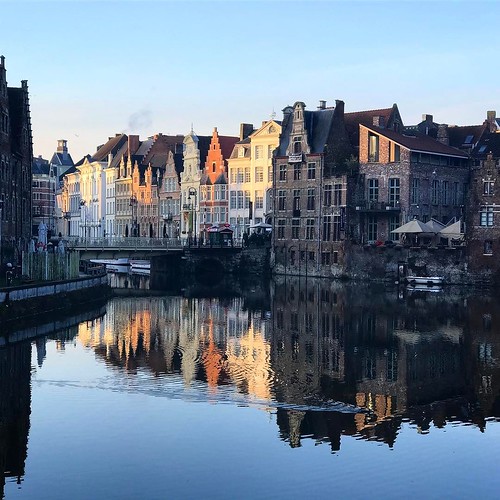Manage and LT cells exhibited several microvilli on their surface area (Determine 9A, panels a and c, respectively), whilst in HT they had been notably decreased (Figure 9A, panel e). In handle and LT, microvilli were noticed as solitary cylindrical constructions (Figure 9A, panels b and d, respectively). In contrast, HT microvilli have been fused forming protrusions (Determine 9A, panels e and f, arrowheads). Membranal floor in HT showed rough appearance (Figure 9A, panel f), while in management and LT it was smooth (Figure 9A, panels b and d). LT microvilli have been larger and more plentiful (48%) than in control, while in HT, they have been shorter, with an important reduction (ninety one%) in their amount (Figure 9, B and C). ATRA elevated microvilli quantity in panel b) displayed a normal and constant profile, while cilia in HT cells showed thinning from the foundation to the idea (Determine S1, panels a and b, arrows). It was noteworthy that cilia morphology was a lot more assorted in HT, than in manage or LT, ALS-8176 (active form) exhibiting cells with 3 cilia (Determine S1, panels d and e, arrowheads). This characteristic was observed in 6.6% of HT cells, but not in control or LT. In HT, cilia appear to be fused at their suggestions (Determine S1, panels c, d and e) and also confirmed an irregular sample, with a “pearl necklace” (Determine S1, panels c and d, vacant arrowhead) or “branched” (panel f, vacant manage cells (Figure 9E and Determine S2) and the microvilli duration in LT (Determine 9F and Figure S3).
ATRA improved vimentin firm and diminished its expression. (A) Immunofluorescence of omentum-derived mesothelial cells (handle) and effluentderived mesothelial cells from LT and HT developed until confluence in the presence of ATRA (, fifty and one hundred nM). Cells had been labeled with anti-vimentin (crimson). In LT cultures (d), vimentin immunofluorescence was much more intensive and exhibited elongated fibers (arrows). These fibers had been also observed in HT cultures (g, arrows). ATRA improved vimentin group in LT and HT, becoming more notable in LT (f). (B and C) Western blot analyses for vimentin in complete mobile lysates of mesothelial cells handled as in A. Vimentin expression was augmented in LT and HT cultures. ATRA diminished the vimentin content material  in LT and HT. Indicate SEM of a few personal experiments from 3 diverse sufferers are proven. P0.01 as opposed to management P0.05 as opposed to LT with ATRA one hundred nM and P0.01 compared to HT with ATRA 100 nM. ATRA, all trans retinoic acid LT, minimal transporter HT, substantial transporter.
in LT and HT. Indicate SEM of a few personal experiments from 3 diverse sufferers are proven. P0.01 as opposed to management P0.05 as opposed to LT with ATRA one hundred nM and P0.01 compared to HT with ATRA 100 nM. ATRA, all trans retinoic acid LT, minimal transporter HT, substantial transporter.
Mesothelium acts as permeability barrier to control passage 21168764of water and solutes, in between the intravascular compartment and the peritoneal cavity. Effectiveness to eliminate h2o and solutes differs among individuals. We examined the morphological qualities of human peritoneal mesothelial cells (HPMCs) obtained from peritoneal effluents of minimal transporters (LT) and high transporters (HT) patients and compared them with nonuremic HPMCs (manage). HPMCs cultures from dialysate effluents show numerous morphologies: cobblestone-like, transitional, fibroblastic-like cells or mixed populations [10]. Occasional hypertrophic cells are observed combined with HPMCs of regular dimensions [13]. We present, for the 1st time to our understanding, that HPMCS from patients undergoing constant ambulatory peritoneal dialysis (CAPD) and categorised as LT or HT exhibited obvious variances in morphology, in spite of related time in dialysis (Desk 1). In HT, hypertrophic cells combined with cells of normal dimension had been noticed.
